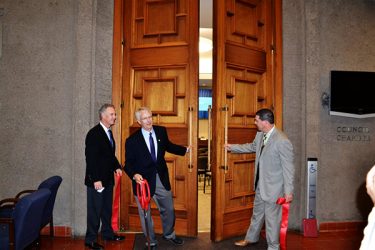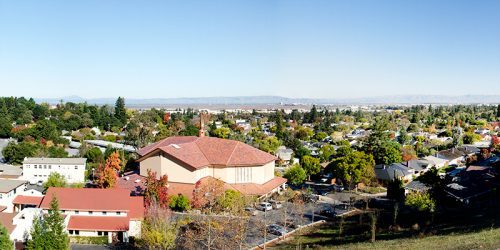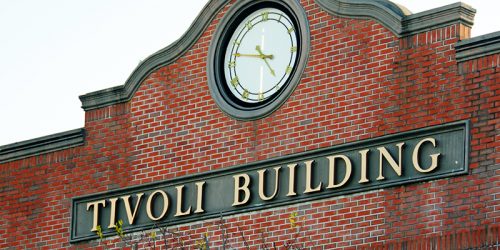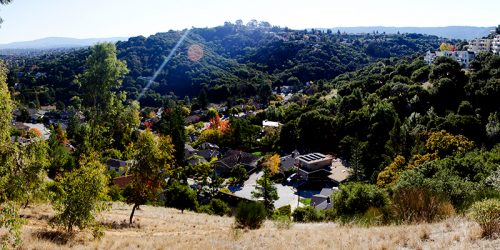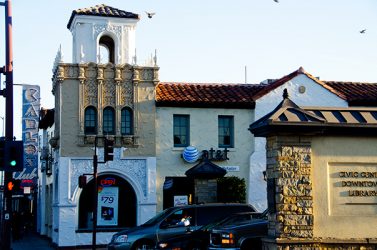Patty Marsters posted a lengthy response to something I wrote on NextDoor recently. Because I think her questions may be of interest to a broader audience, and because NextDoor offers limited formatting capabilities, I’m excerpting and replying to them here. Depending upon what “NextDoor neighborhood” you belong to you may or may not be able to view the discussion thread at https://cordesca.nextdoor.com/news_feed/?post=8505591.
If the school board just gives up looking and plows ahead with a school here, I haven’t heard any pluses for our neighborhood beyond the presence of a school and parking we can use on weekends. They say we’ll be able to use the parking after school too. Maybe the parks and rec department can use the schoolrooms for classes/activities for youths/adults but any evening programs will bring new traffic because the park is closed now after dark, except for an occasional meeting held in the park building. If the school parking lot is fenced, would that be a place for dogs off leash?
Most school properties that I’m familiar with forbid dogs on campus, so I suspect that would be an uphill battle. Also, most dog owners whom I’ve spoken to would not want a parking lot as an off leash area. They’re looking for something more “natural”.
Mark, what guarantee can you give that a bond for sidewalks for example isn’t going to be used to offset the price of a hotel for example?
Bond and parcel tax measures can be written broadly or narrowly, in terms of how the money raised can be used. In the current instance my preference is to see the language written fairly narrowly. We’re talking about raising money to create some specific, significant improvements to the quality of life in our community. Since the use is specific, the funding measure should be specific, too.
On the practical politics side, the more specific a measure is — and hence the more constrained the use of the funds raised is — the greater the chance of gaining approval at the ballot box.
Even if the whole city supports the bond and its purpose, it frees up other money in the budget for the city staff to use to fulfill their strategic goals of developing the east side.
It’s true that money is fungible, but funding decisions have to be taken by the Council, in public. Although they may be part of a bigger budget allocation. We don’t, for example, vote on every dollar spent by Public Works. Instead, we vote on allocating money to keep up roads, create bike lanes, etc.
I also want to point out that the city staff doesn’t set the goals of the City. The Council does, based on staff input, community input, and the judgment of a majority of the Council members.
It’s true that much non-residential development occurs on the east side, although Laurel Street, particularly the north end, gets a significant amount of attention, too. That’s because those are the two main areas of the city where such development is allowed (the El Camino corridor is the third one). Put another way, it isn’t that anyone has it in for the eastern part of San Carlos. It’s just that it’s one of the main areas where commercial development can take place. Development always has impacts, both good and bad, but it helps fund the public assets and services that the community says it wants.
The challenge is to figure out how to get the right balance/mix. When you have very different land uses next to each other (e.g., residential and commercial) you inevitably have endless debate about that.
If there was language creating a transition around the residential areas, we wouldn’t have to be so distrustful and neither would the westside residents close to Laurel. Instead city staff suggests limiting the height between Wheeler PLaza and El Camino.
There is language defining a transition between residential and non-residential land uses. It takes the form of modifying the allowable heights and setbacks for commercial property immediately adjacent to residential areas.
I know that those transitional rules are not seen as going far enough by a number of people who live next to non-residential areas. But an important point to keep in mind is that the Council has to balance the interests of all property owners when it sets land use rules. Businesses don’t vote, but business property owners have a fundamental right to use their private property, just like residents do (although the details of what each group can and can’t do differ).
The council voted to restrict parking on Holly as part of a 3 pronged approach along with restriping and coordinating signals. When are the signals going to be coordinated?
They already have been. If you’re interested in the details about what was done I encourage you to contact Jay Walter, our Public Works Director. His email is jwalter@cityofsancarlos.org.
How and when are trucks and buses going to be rerouted? Is the council waiting till after the Legacy project is built so their construction trucks can use Holly?
Re-routing trucks and buses is something that’s been discussed as a topic for study. Regretfully, some people have been touting this potential change, and others, as “promises” made by the Council. That is not the case; it’s never been discussed by the Council, except briefly in passing.
Speaking for myself, I want to know what other problems I may or may not be buying into before a change like that gets made. But if the consequences are reasonable I’d support it.
Are permits for deliveries on Holly readily available yet?
My understanding is that permits are not required for deliveries, and never have been. A delivery truck can block traffic to make a delivery, provided the impact is brief. If it’s going to be more than a few minutes, someone needs to stay with the truck to be able to move it, if necessary, during the delivery.
But to answer your broader question about permits for, say, contractors working at a residence, they are, although I’ve heard that the process for getting them needs to be improved.
When will the city have enough data for the council to review its decision? When you look at the goal of more “throughput” will you ask if there is better flow or just more traffic?
I don’t know the timing of when staff will be finished collecting and analyzing the data. I do know it’s underway.
Speaking for myself, I’m looking for better overall traffic flow. Based on anecdotal reports, and my own experience, I’d say things have improved. But it would be good to see the actual data.
East side connect was supposed to slow, not stop, traffic on Old County Road but the same speed limit signs were put up on the new poles. When will the speed limit be lowered? Part of the road has a striped bike lane but southbound near the old shoofly dwindles to 12 feet total (unless the plan changed). That’s less than 9 feet for a vehicle if there are bicycles on the road. The signal at East San Carlos and Old County doesn’t respond to traffic in the street or to pedestrians pushing the walk button. Is that the electric contractors issue? Drivers race to get past the signal then block the intersection and crosswalks. In fact when traffic backs up to Kelly Moore, drivers block every intersection. Could we get “Keep Clear” painted in the intersections?
Could we get these issues taken care of whether or not a revenue measure goes on the ballot?
I’m not familiar with the details about speed limit changes on Old County. Regarding bike lanes, I believe some portions of the corridor have “sharrows”, indicating that bikes and cars are supposed to share the available pavement. That’s not ideal, but came about out of a need to accommodate multiple uses of a limited amount of space (i.e., cars, bikes and parking).
I’ve passed your suggestions regarding signage and pavement marking on to Public Works. There may be legal or practical reasons why some or all of them can’t be implemented, but they sound reasonable to me.
These types of changes don’t depend on a revenue measure being approved by voters. They’re just the tweaking of traffic rules that is done as part of ongoing oper




